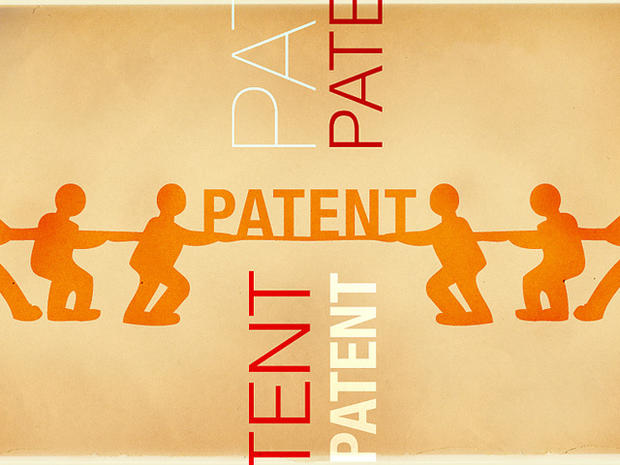Does Twitter have a secret patent strategy?
(MoneyWatch) COMMENTARY Not so long ago, Twitter's patent strategy seemed to be not to bother. There were no disclosed filings and the company never replied to inquiries. It seemed as though the five-year-old company depended on speed of innovation and operation rather than patents.
Forget that interpretation. It's now clear that Twitter has filed for patents like most other high tech firms. The company has received attention for a no-trolling stance (meaning it promises not to file patents just to block other companies from innovating).
But maybe there should be more notice of how Twitter might be carrying on a stealth patent strategy to keep competitors -- and, as a result, investors -- from seeing what it is doing. All it would take would be some completely legal steps, some of which others have used in the past to muddy the trail of their strategy and intent.
I regularly follow patent filings and have often wondered why Twitter never seemed to have any. I've contacted the company in the past and never heard back.
Typically, patent applications are published and publicly available within 18 months of the filing date. For a long time, the only patent application associated with Twitter was one gained with the acquisition of Tweetie, a company that makes client software to use Twitter on the Mac, iPhone, and iPad. That application had originally been filed in April 2010 and was published in August 2010.
And then, last month, Twitter saw its own first patent application made public. Called Prioritizing Messages Within a Message Network, it was filed on Oct. 6, 2010 and published on April 12, 2012, the normal time lag you might expect.
If that is the first application to be made public, does that mean Twitter didn't bother filing any patents before? Given that its first investment round came in 2007 and that savvy investors and VCs tend to want patents, or at least patent filings, to protect the company's value, that seems unlikely.
That's what raises the question of whether Twitter -- or other companies -- could keep patent filings out of the public eye beyond what you might ordinarily expect. (Twitter did not respond to a request for a comment for this story.)
There are clear business reasons why a company might want to keep the wraps on patent applications before a company gets an actual patent from the U.S. Patent and Trademark Office. Although companies often file for patents on technologies that they ultimately do not use, the applications can give early insights into the research directions a given corporation takes and how it thinks about certain technologies and business directions. Not only can competitors get important insights, but so can investors.
According to patent attorney Raymond Van Dyke, who has significant experience in the software industry, one way to keep a patent filing quiet is to simply not file for international patents: "If you don't [file for foreign patents] in the United States, a U.S. patent applicant can file a case and at the filing point designate non-publication." The patent application remains private until a patent actually issues. Van Dyke says that option was commonly used before international patent cooperation treaties and that a U.S.-only strategy makes it available again.
A second way is to keep a patent from being associated with a company. One corporation could create a wholly-owned shell, possibly through a chain of holdings to obfuscate things even more, and have the shell own the patents and license them to the parent. It isn't unheard of: As Forbes has noted, Apple has used front companies in trademark situations. Why assume the same couldn't happen with patents?
In the meantime, we'll have to see what other patent applications eventually come spilling out of Twitter.
Image: Flicker user opensourceway
